All rights are reserved under the copyright of Yasuyuki Ayukawa (2023)
I am visiting companies challenging the global market with Japanese skills, Japanese quality, and Japanese craftmanship based on the tradition. I don’t know if the world has overtaken Japan or if Japan has declined, but in recent years, it is said that Japan’s position in the world is declining in various parts such as economy, society, and the quality of life. But is it really so? Japan still has world-class technology, traditions, and culture, and the value of these has been recognized in other parts of the global market thanks to the efforts of many companies pioneering the market in many countries. Furthermore, there are also new companies taking on the challenge with products and technologies, with their confidence and pride, to the world. In this series, I would like to introduce how such companies are challenging the global market.
In these new series of issues,
I am introducing
the vital actions
of entrepreneurs
in Saga, Kyushu – west end of Japan.
The approach is, again,
how to
get into
overseas market.
This time, I would like to introduce
Shimoda Seichaho
(https:/shimodaseichaho.jp),
in Ureshino, Saga.
As tea has shifted from being brewed in a teapot to being consumed in a plastic bottle, and the Japanese market has been declining for premium green teas such as Ureshino, what was the challenge for Shimoda Seichaho to find a way forward by opening up a new market for green tea overseas?
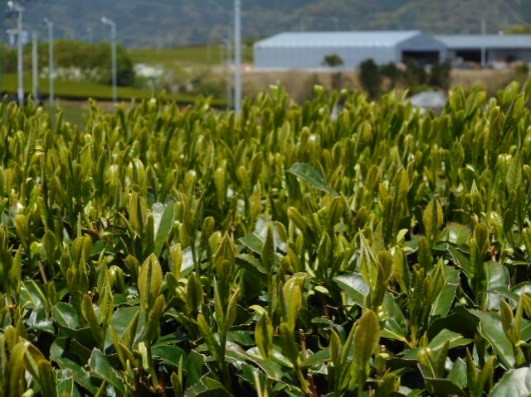
The Shimoda Seichaho’s approach to export began with so-called indirect trade via trading companies.
There, Shimoda Seichaho gradually built up its know-how while observing the situation in overseas markets.
In such meantime, JETRO (Japan External Trade Organization) promoted organisational expansion in each prefecture in Japan, and a Trade Information Centre was established in Saga in 2015.
At that occasion, Shimoda Seichaho applied for the support programme in order to further expand export businesses.
This was the beginning of the direct trade business with overseas customers which Shimoda Seichaho has today.
With JETRO’s support, Shimoda Seichaho started trading directly with overseas customers and also visited exhibitions. In 2016, Shimoda Seichaho won a gold medal at a product fair at the 2016 exhibition in Las Vegas.
On the other hand, it was still a frustrating time for Shimoda Seichaho, struggling with collecting information and intelligence insufficiently, being participating exhibition in the booth of the distributors under their allowance.
Then, the Shimoda Seichaho began to make further moves with its own initiative.
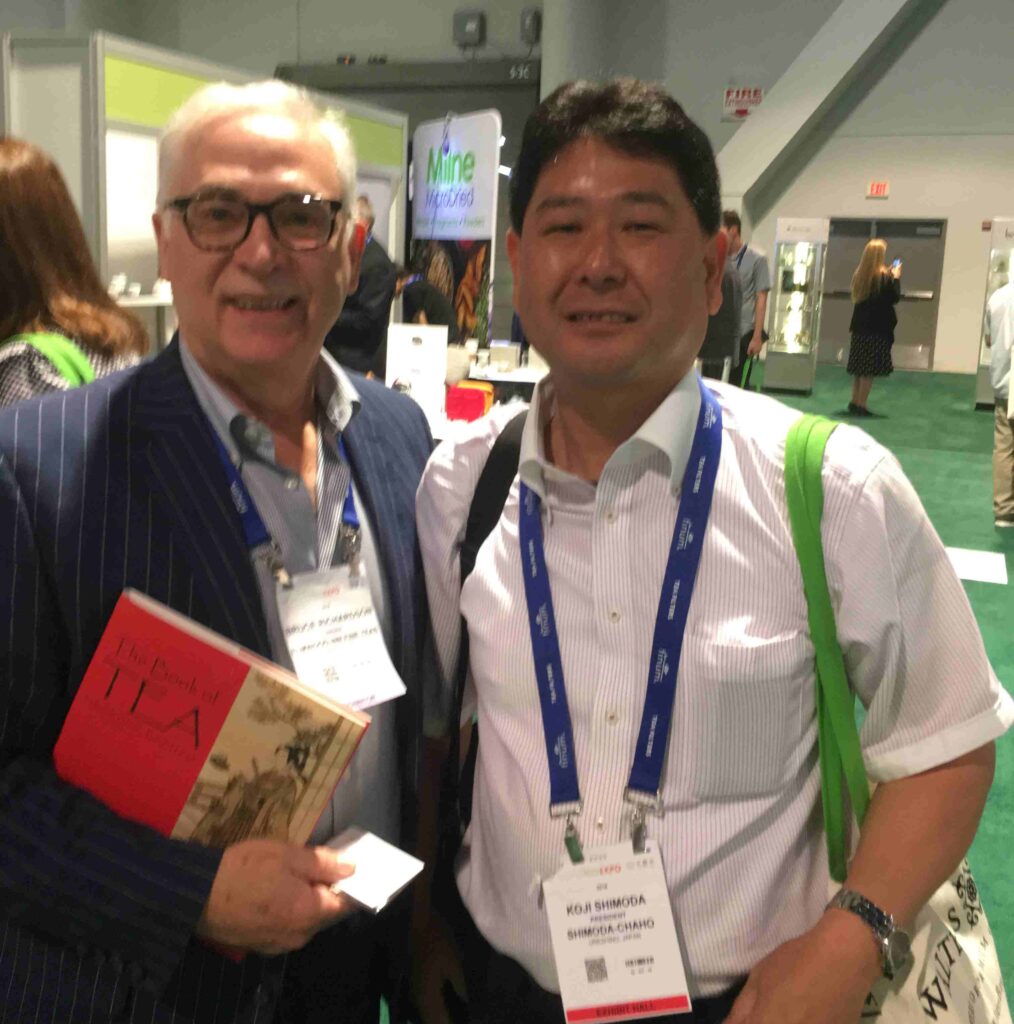
For example, Shimoda Seichaho visited the booths of tea traders at overseas exhibitions to collect information. Shimoda Seichaho also developed a website in English.
In the course of these activities, Shimoda Seichaho had a chance to contact a Canadian tea distributor with annual sales of 50 million dollar, at a business meeting in Kagoshima, and began doing business with him.
The trade started with a trial of about several hundred kilometres.
Since then, business with that distributor has grown steadily,
To the point with the business scales of shipment,40ft FCL at least twice a year; 4 or 5 times a year sometimes..
Now this Canadian distributor is now Shimoda’ Seichaho’s largest export customer.
Besides, Shimoda Seichaho have also begun trading to the distributors in France, Dubai and the UK, expanding the businesses countries where it is customary to enjoy afternoon tea.
After such stories and the export efforts, Shimoda Seichaho’s challenge now keeps on a good track, to ensure the survival of Ureshino as a tea production area, and also expanding to customers in new countries.
How was it possible to grow your overseas business despite a frustrating period in terms of performance while having obtained the high reputation for the quality of your tea, including awards at overseas tea fairs?
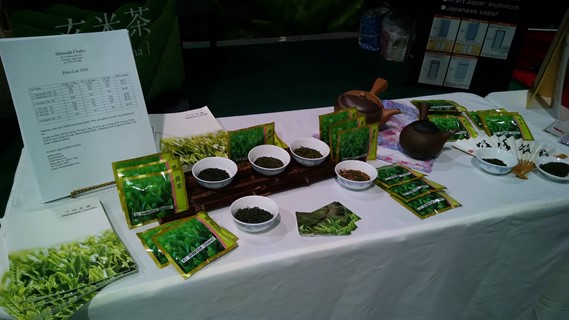
The Canadian distributor, the main suppliers,
originally import tea leaves from Southeast Asia and China as the raw materials and develop their own flavoured tea products, packaging finished tea leaves in tea packs or vacuum-packs of 1 kg. And then they are making wholesale to hotels and other customers, as well as through a members-only online shop.
They also re-export to Europe.
Among such their activities in sales with 1000 items approximately, Japanese Green Tea is a must in their product line-up, so the requirements of tea leaves came to Shimoda Seichaho.
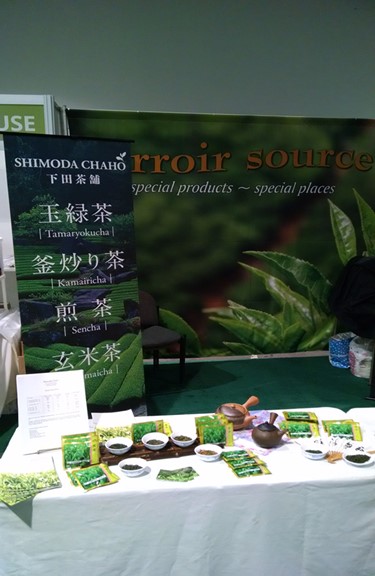
In such business, as being raw materials, the distributor was not so particular about the quality of the tea.
Therefore, Shimoda Seichaho offered the product range is in the middle to lower price range, and occasionally there were very few places that actually sell teas in this range. Then the business had begun meeting to the requirement of the distributor which they could not so expected from other suppliers.
While these businesses haven’t brought so high profit margins, the reality is that it is actually more profitable than selling this range of teas domestically, maybe thanks to the more simplified sales channelling route.
Also, the business partner in France is selling their own branded teas in their own shops, and they still need items as “Japanese Green Tea.”
Mr Shimoda says that it will never be successful in tea marketing from Japan in external trade, by teaching and forcing customers to learn the traditional Japanese way of serving tea.
Well, even in Europe and the US, there is a culture of black tea, and tea itself is available in large quantities from China and South East Asia, as well as traditional tea-producing countries such as India. As a newcomer, the first step should be to adapt to this well-matured culture.
About tea grades, it should be a somewhat stereotypical idea, for example, afternoon tea being culture of the wealthy and upper class, and consequently luxury goods: with such an idea Shimoda Seichaho would never be successful, either.
In Mr Shimoda’s experience, for example, when he presented customers in external trade, with 100 grams of sencha tea costing 3 Dollars and high-selected sencha tea costing 7 dollars, he could never convince those customers of what the difference was between them.
He said that even though he spoke based on the “too much” delicate sensibilities of the Japanese, the conversation did not mesh at all with his export partners.
As I mentioned earlier, Shimoda Seichaho focuses on exports of the middle grade at highest.
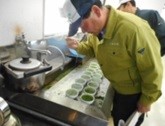
In Canada, those grades of leaves are used as a raw material, so the distributor are not so particular about the “high” quality.
I can only imagine that Mr. Shimoda must have felt some resistance, as a local tea merchant of “high quality” Ureshino tea, which has won numerous awards at tea fairs in Japan
Mr Shimoda, however, thought that the tea distributor just was reflecting the market itself, and first and foremost, went on the business following up with them thoroughly.
Of course, it might be desirable for people to taste “Japanese Green Tea” as “Japanese tea”, but it should be on the discussion once we had established a certain position for Japanese tea in the Western culture, at least in the market under the channels where we directly or indirectly have transactions, and demand has taken root among the end customers; it is important to first establish a certain position for Japanese tea in Western culture.
Anyway, it was the key success factor in expanding trade to ensure a market-in approach.
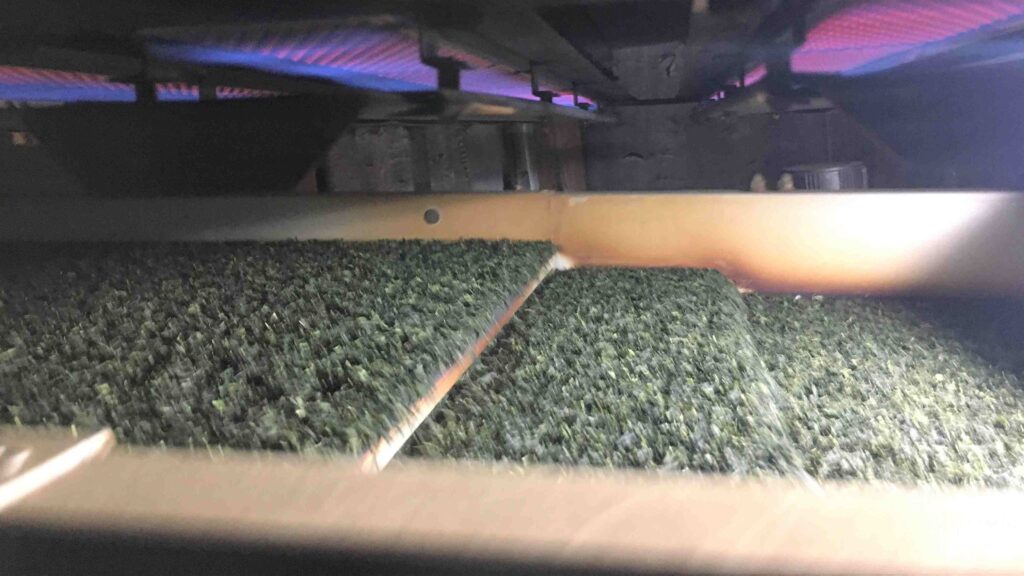
In addition to this market-in approach as mentioned here,
there was another obstacle that Shimoda Seichaho had to overcome,
in order to succeed in the export business.
In the next issue,
I will introduce
Shimoda Seichaho’s approach
to this obstacle
and how
Shimoda Seichaho overcomes it.

All rights are reserved under the copyright of Yasuyuki Ayukawa (2023)